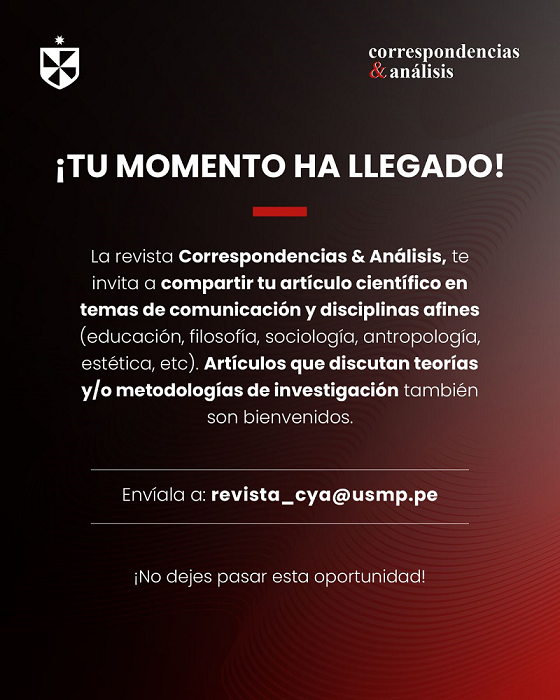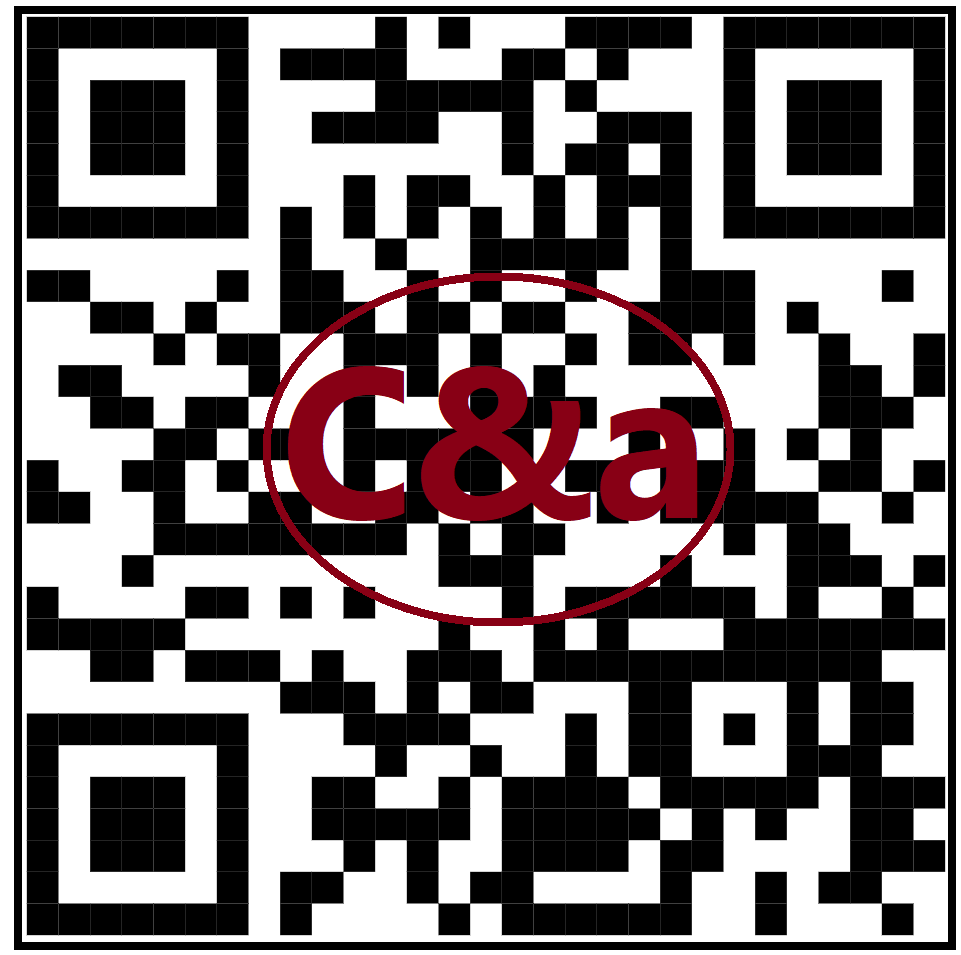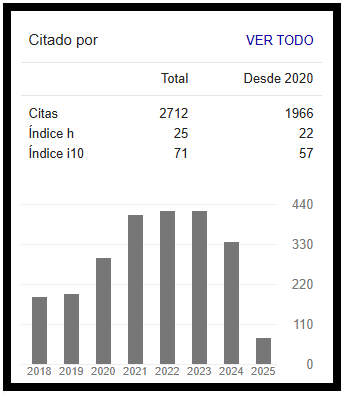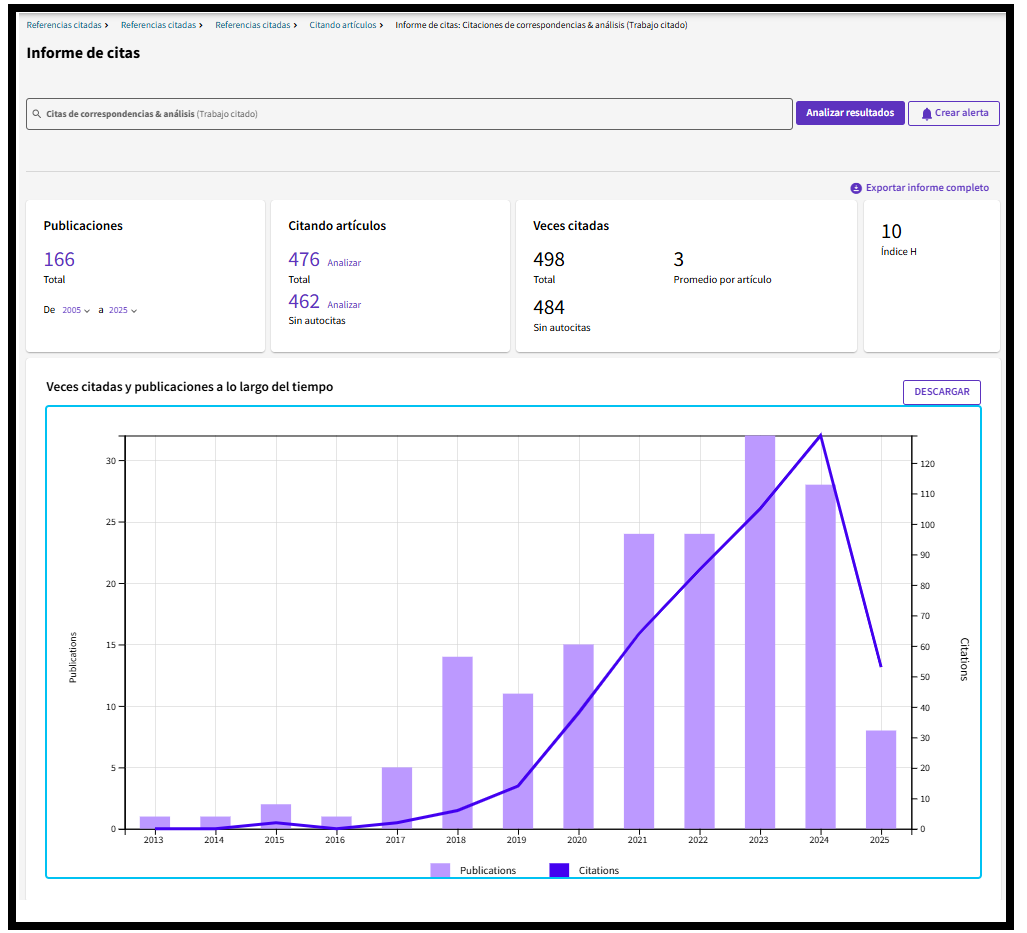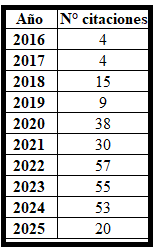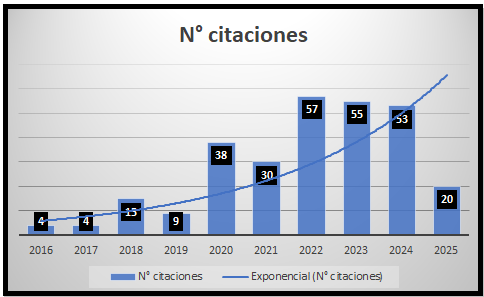Popular Press during Fujimori’s Regime: an approach to a reception practice
DOI:
https://doi.org/10.24265/cian.2015.n5.13Keywords:
Semiotics, Semio-pragmatics, Popular Press, Reception, AutoritarismAbstract
Under Fujimori’s regime, Peruvian Press knew the explosion of Popular Press. This one had a very special relationship with Fujimori’s regime and his communication strategies. It could be seen through positive president representations and contenders defamation. Following a semio-pragmatic approach, this article underlines narrative and semantics constants present in media content through this press in their first page and put discursive strategies deployed in relation with reception practices.
Metrics
Downloads
References
Conaghan, C. (2002). “Cashing in on Authoritarianism: Media collusion in Fujimori’s Peru”. The Harvard International Journal of Press Politics, núm. 7, pp. 115-125.
Courtés, J. (2003). La sémiotique du langage. París: Nathan.
Fiske, J. (1987). Television culture. Londres: Methuen.
Fontanille, J. (2008). Pratiques Sémiotiques. París: Presses universitaires de France.
Fowks, J. (2000). Suma y resta de la realidad. Medios de comunicación y elecciones generales 2000 en el Perú. Lima: Fundación Friedrich Ebert.
Gargurevich, J.
_(2000). La prensa sensacionalista en el Perú. Lima: Fondo Editorial PUCP. _(1991). Historia de la prensa peruana (1594-1990). Lima: La Voz Ediciones.
Greimas, A. y Courtés, J. (1979). Sémiotique. Dictionnaire raisonné de la théorie du lan-gage. París: Hachette.
Landowski, E. (2006). “Les interactions risquées”. Nouveaux Actes Sémiotiques, núms. 101, 102 y 103.
Lazarsfeld, P. y Katz, E. (1955). Personal Influence. Nueva York: Free Press.
Maigret, E. (2005) “Qui a peur d’une politique des représentations?”, pp. 17-66. En Mai-gret, E. y Macé, E. (eds.). Penser les médiacultures. París: Armand Colin.
Martín Barbero, J.
_(1991). De los medios a las mediaciones. Comunicación, cultura y hegemonía. MéxicoD. F.: Gustavo Gili.
_(1982). “Apuntes para una historia de las matrices culturales de la massmediación”. Po-nencia para el Primer Foro Internacional de la Comunicación Social-Comunicación y Poder. Lima.
Odin, R. (2011). Les espaces de communication. Grenoble: Presses Universitaires de Gre-noble.
Propp, V. (2006). Morfología del cuento. Madrid: Fundamentos.
Rastier, F. (1989). Sens et Textualité. Poitiers: Hachette.
Rueda, A. (2010). “Des médias aux médiations: quelles médiations, quels objets, quels enjeux?”. Dosier Les Enjeux de l’information et de la communication, pp. 88-103.
Staiger, J. (2005). Media Reception Studies. Nueva York: New York University Press.
Welles, O. (dir.) (1941). Ciudadano Kane [película]. Hollywood: Mercury Productions, RKO Pictures.
Wood, D. (2000). “The Peruvian Press under recent authoritarian regimes, with special reference to the autogolpe of President Fujimori”. Bulletin of Latin American Research. Vol. 19, núm. 1, pp.17-32.
Downloads
Published
Issue
Section
License
In case the manuscript is approved, the authors retain the copyright and assign to the journal the right to publish, edit, reproduce, distribute, display and communicate in the country of origin and abroad by means of print and electronic media in different databases.
In order for this procedure to be recorded, the author must fill out the following formats:
Format 1 - Author data Format.
Format 2 - Affidavit on originality and authorization for the publication of articles Format.
Format 3 - Open Science Compliance.








2.png)


